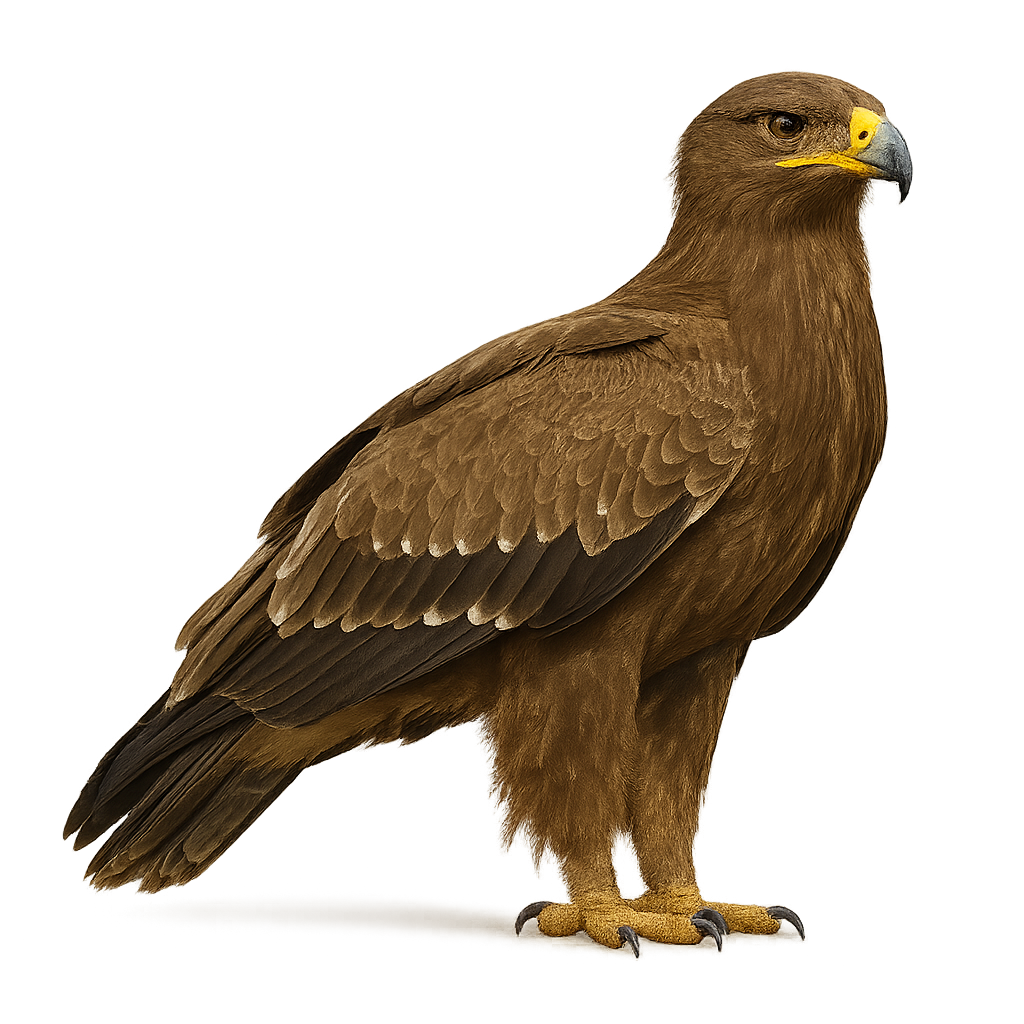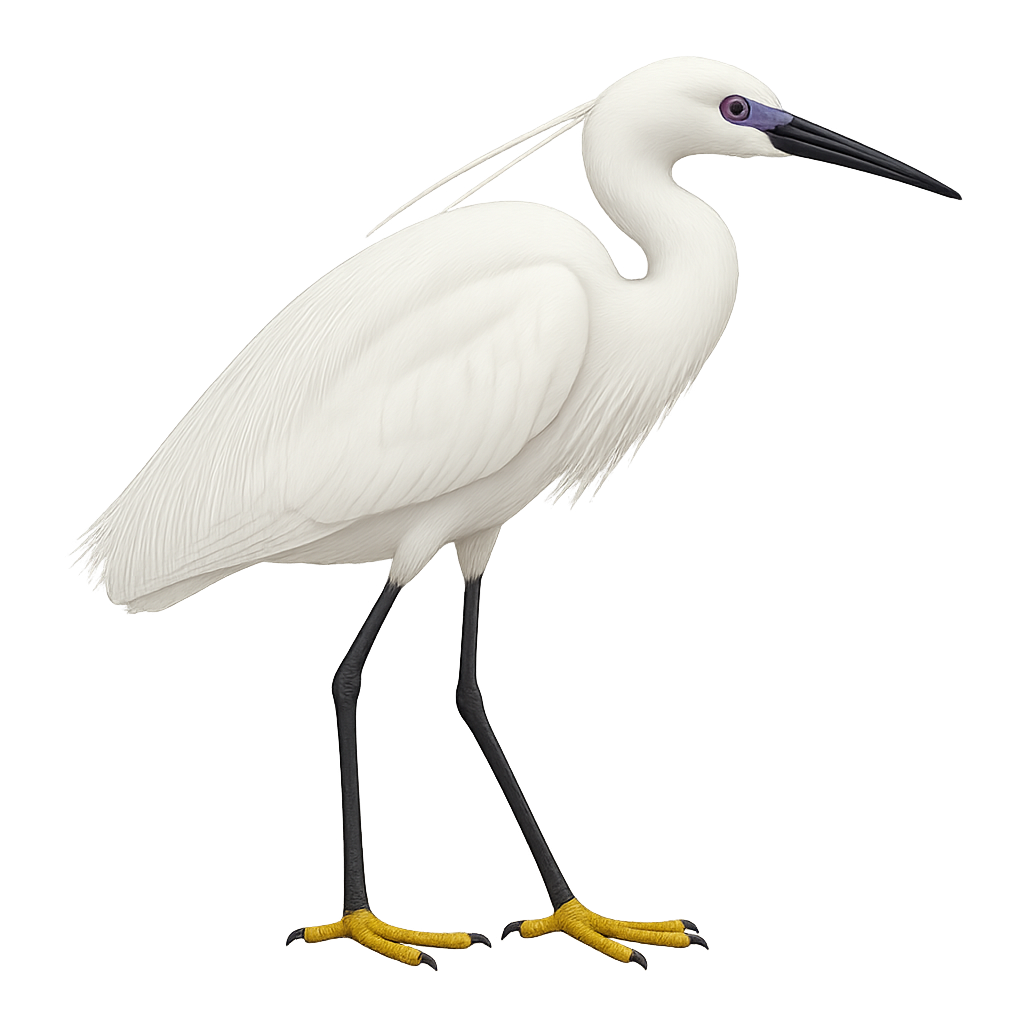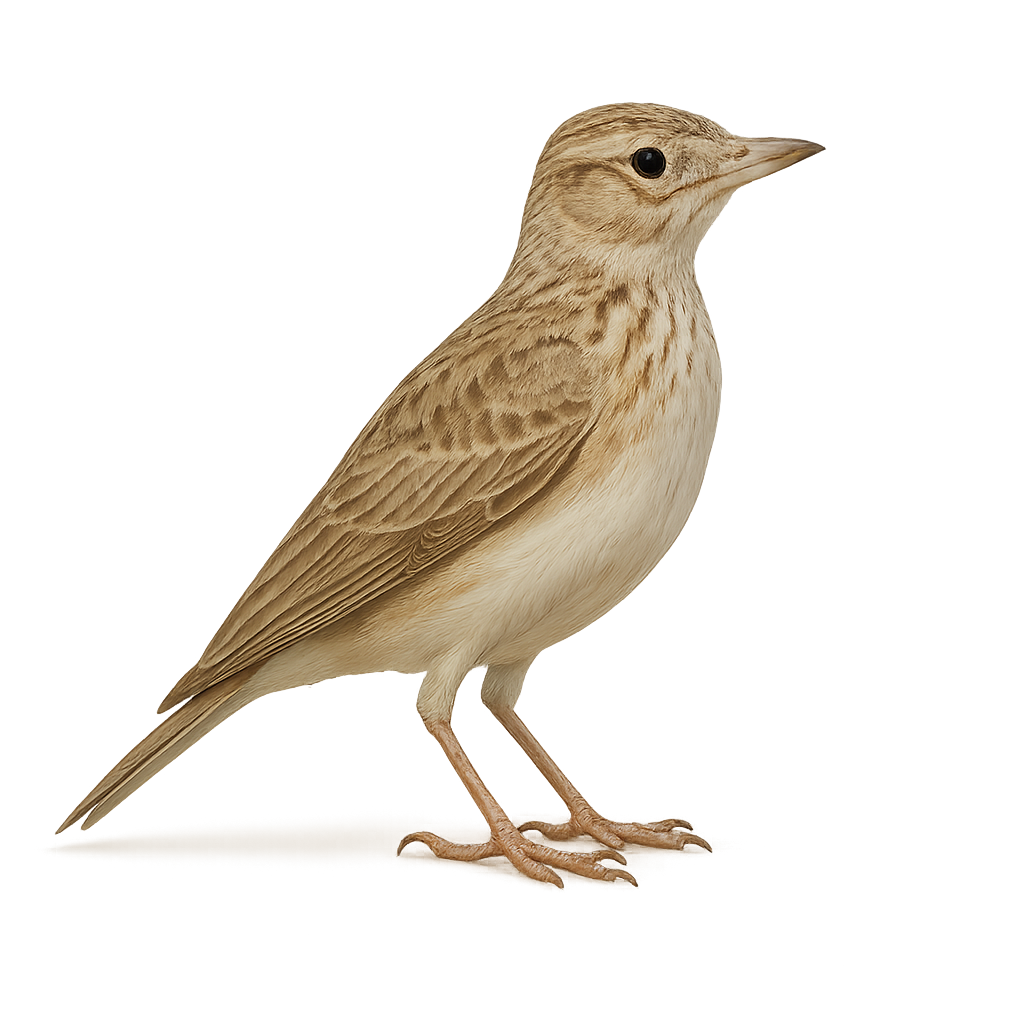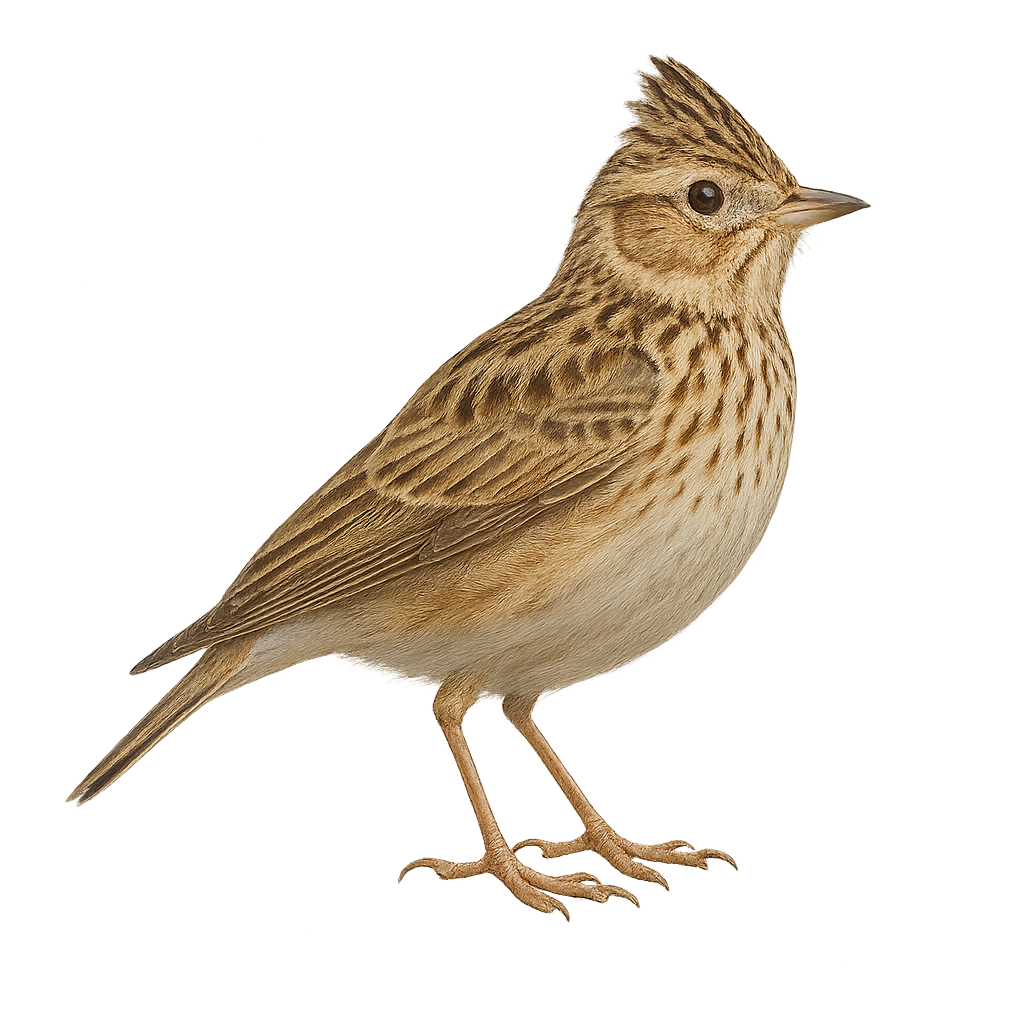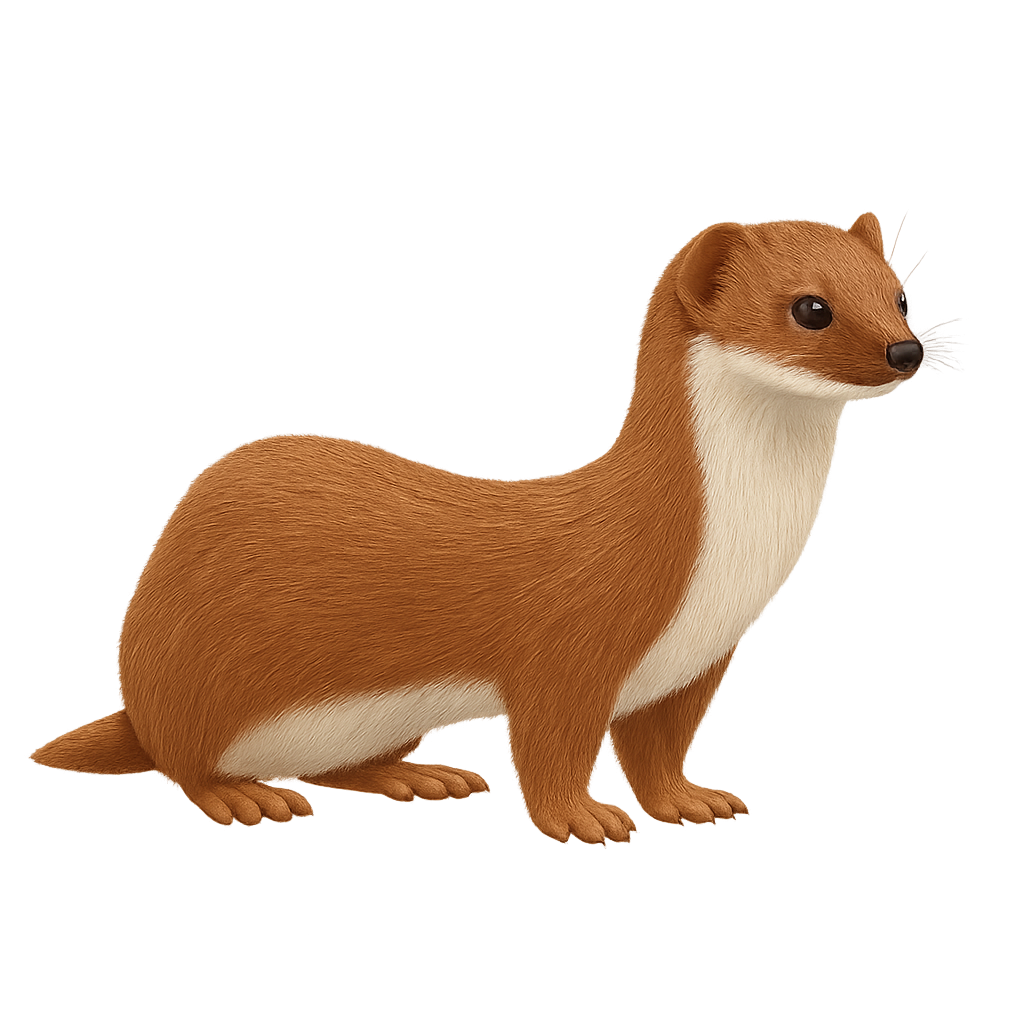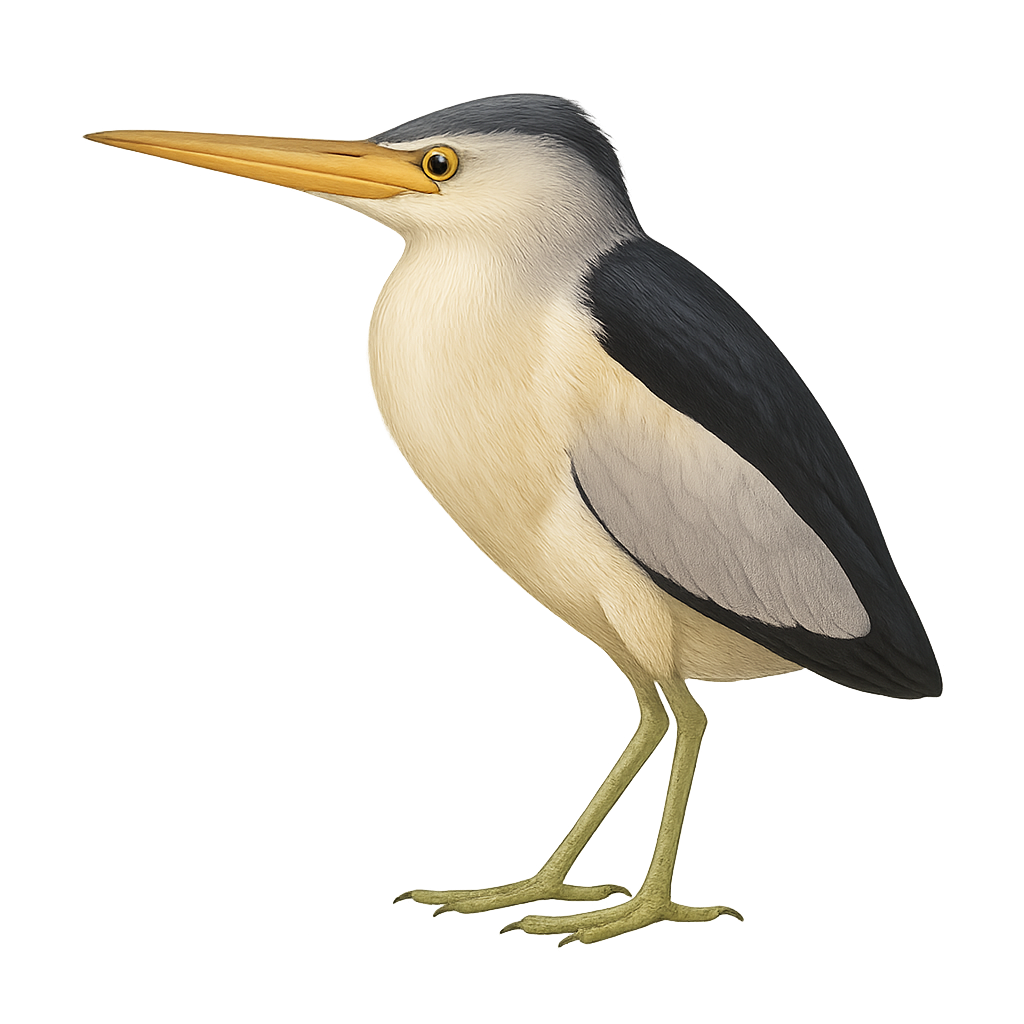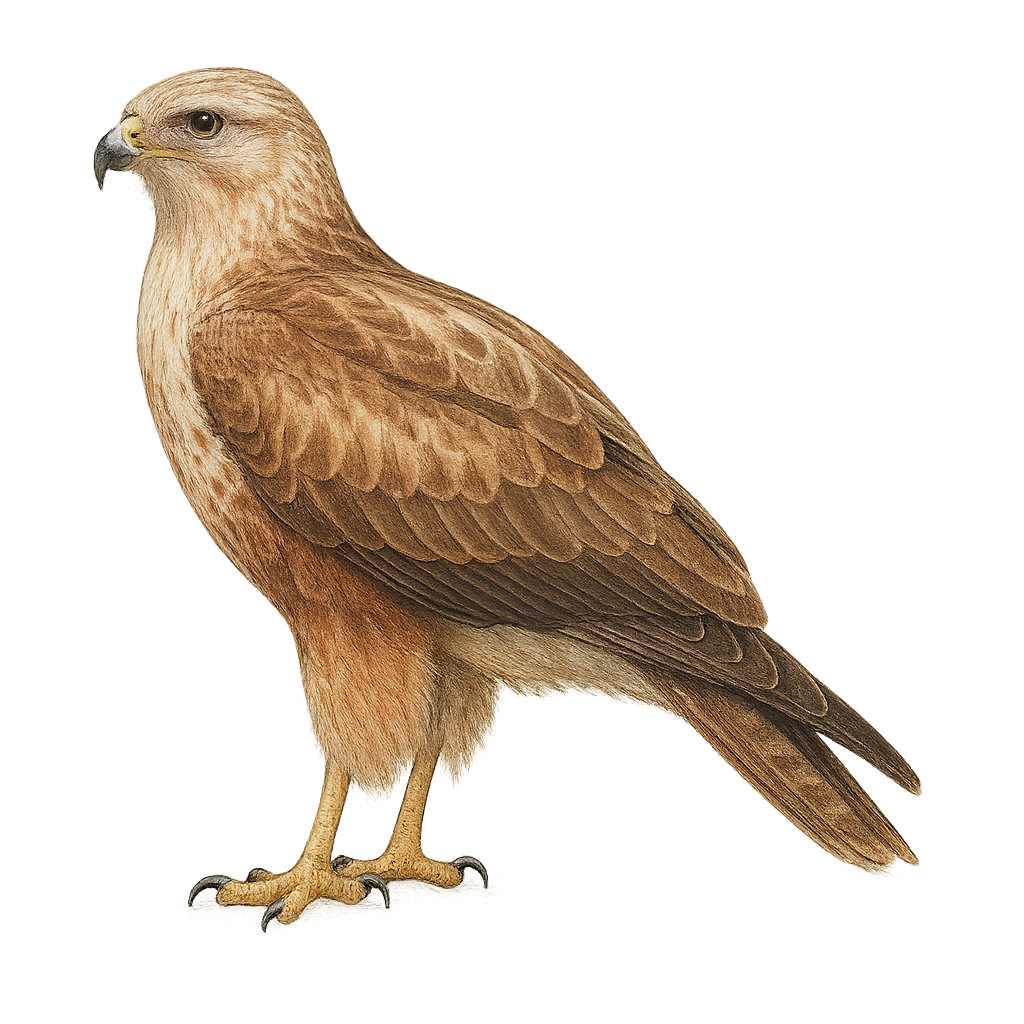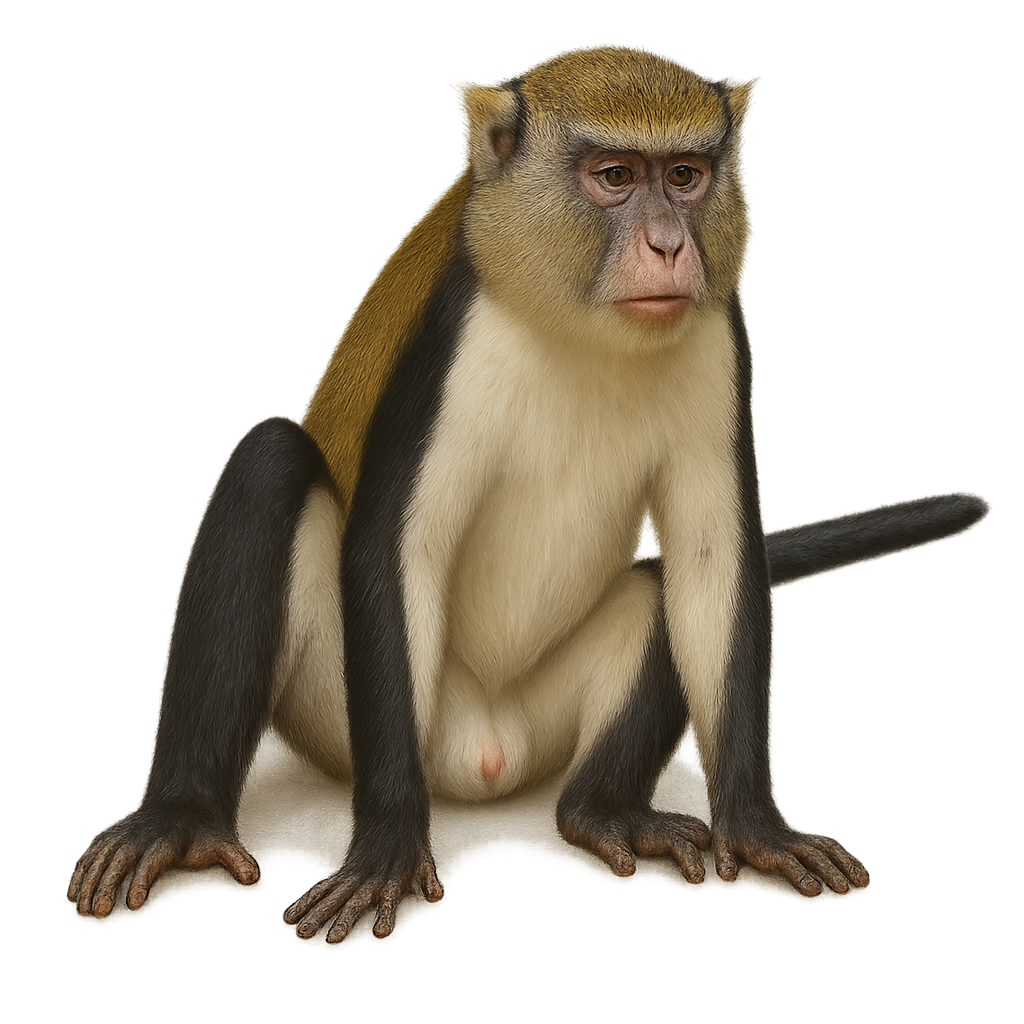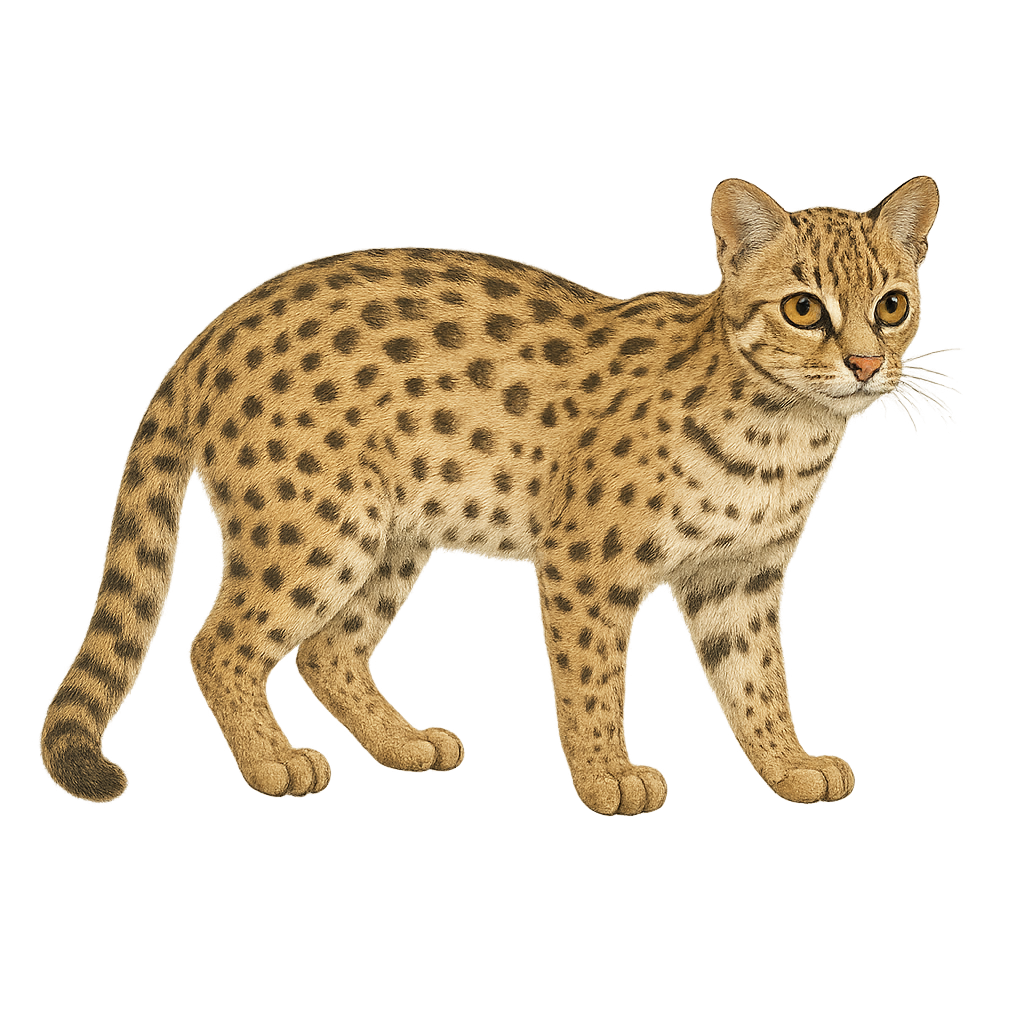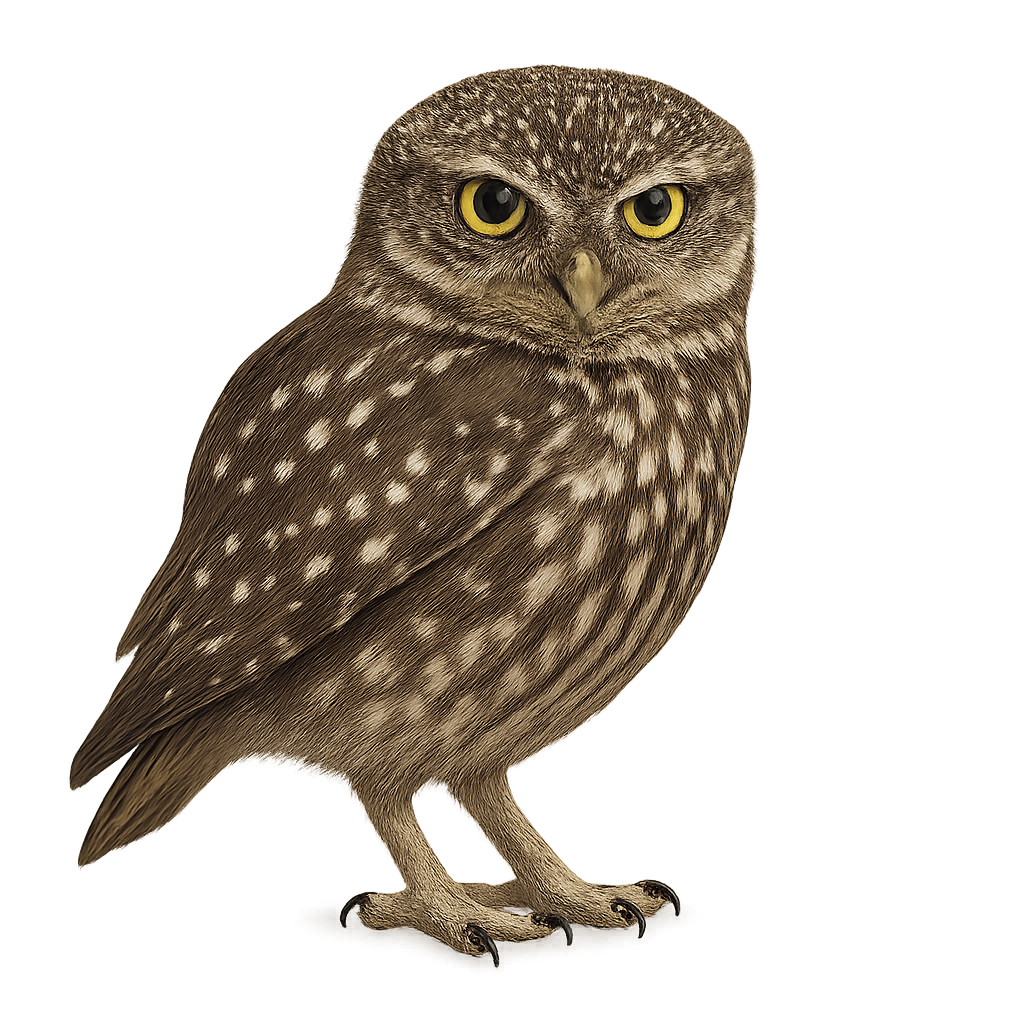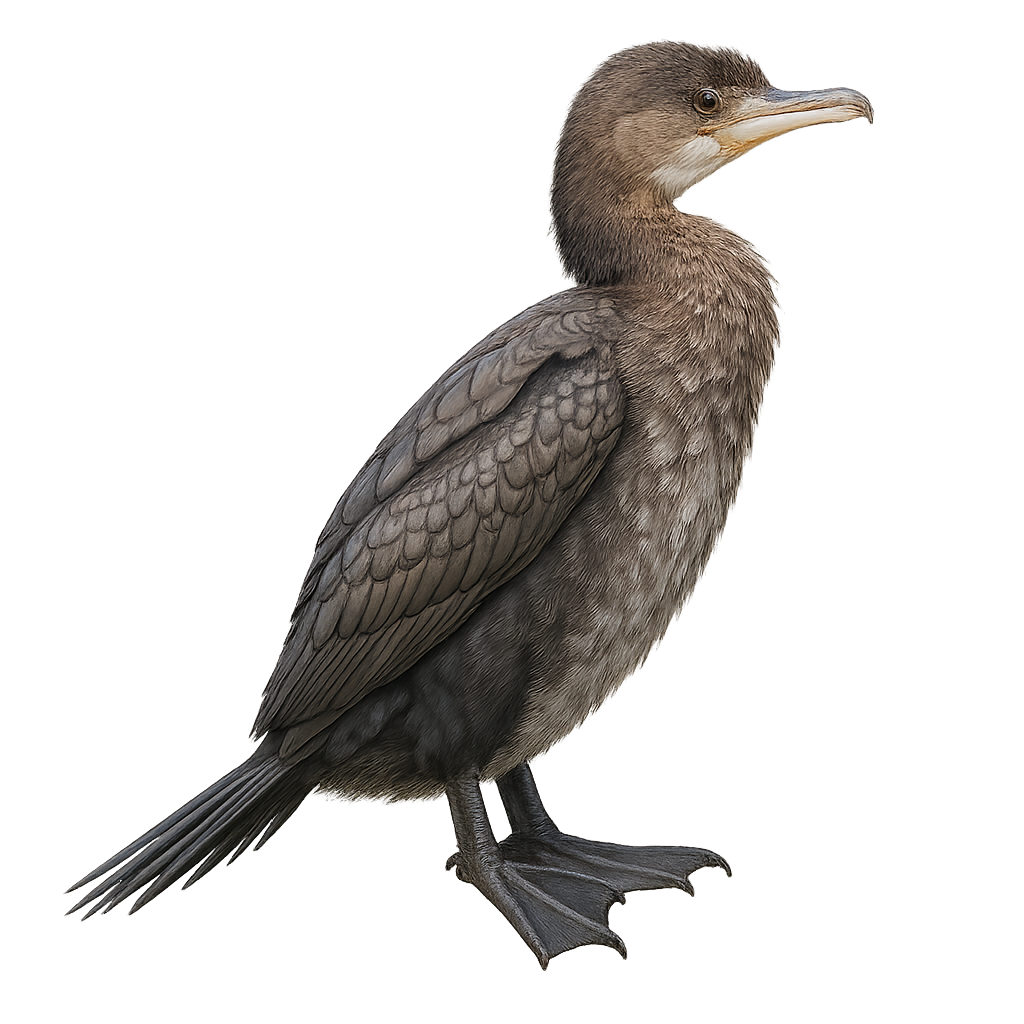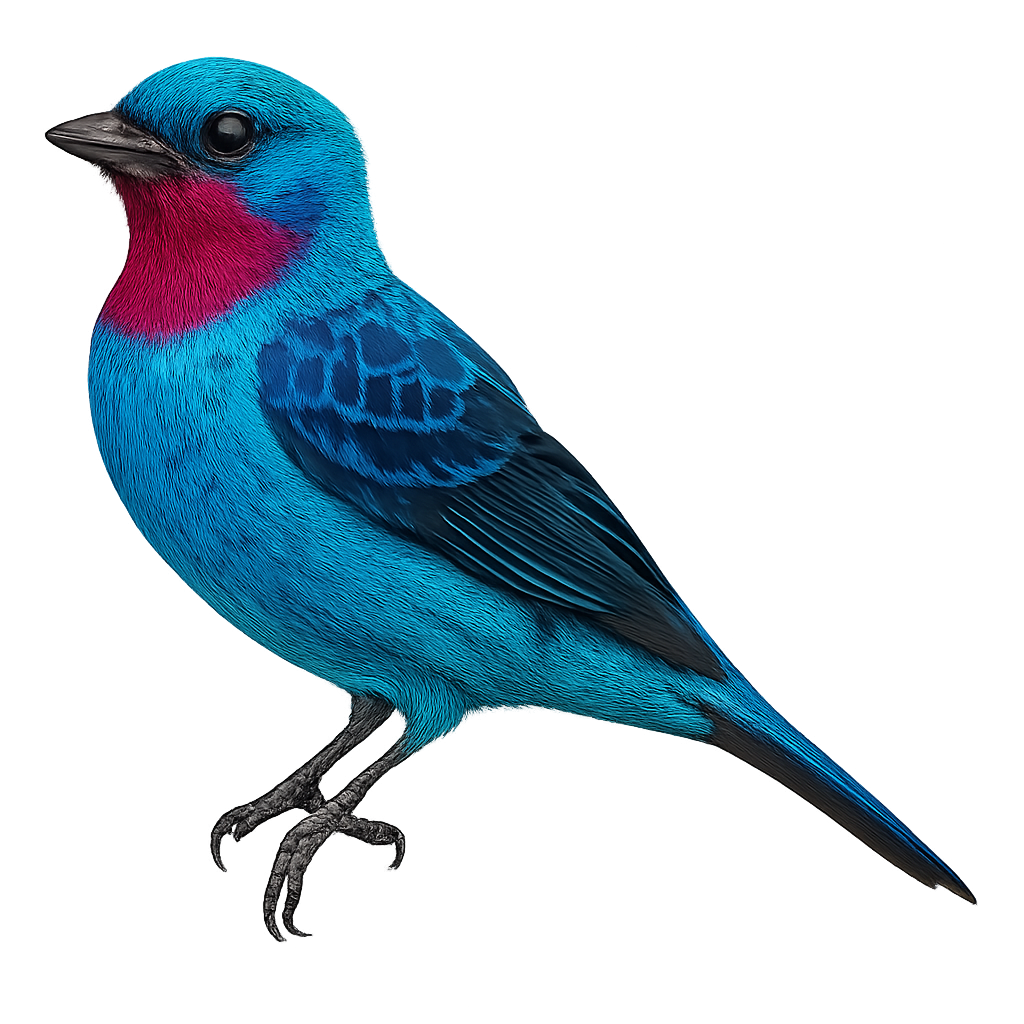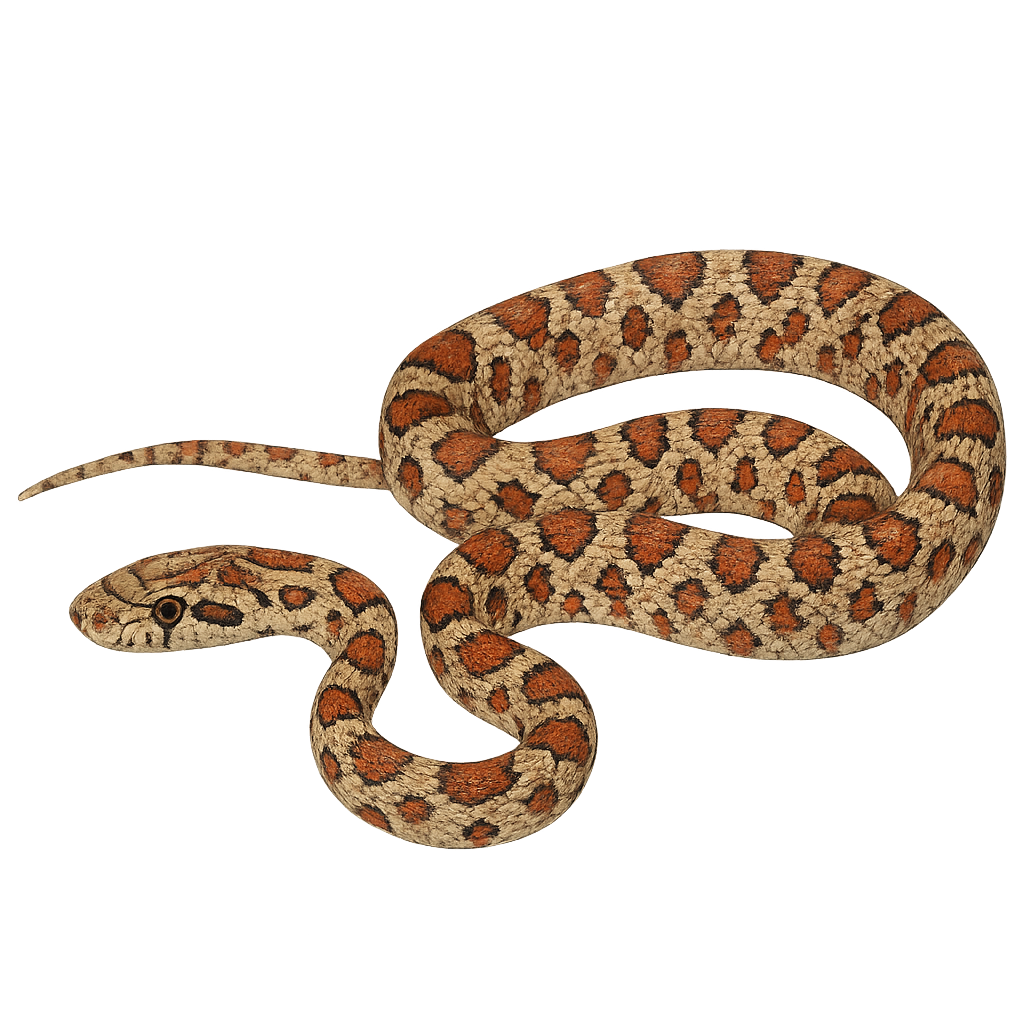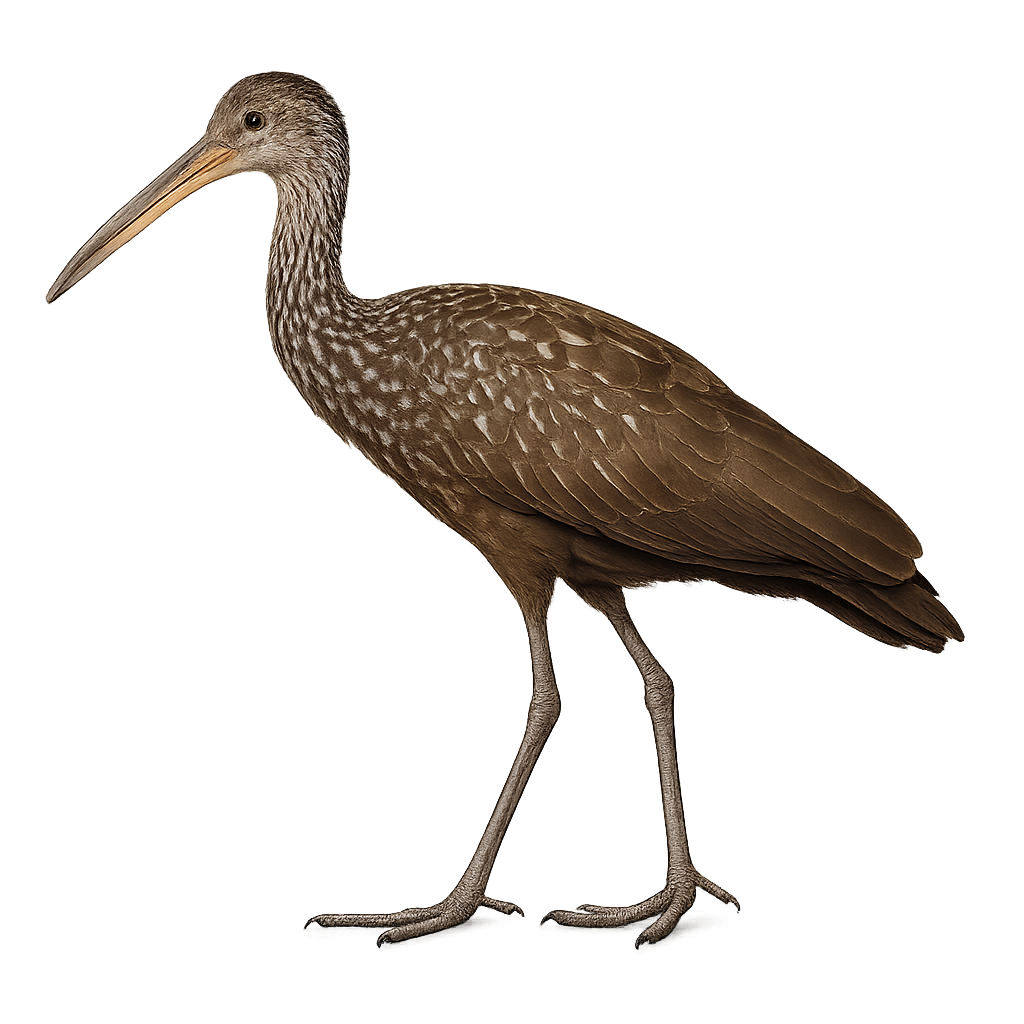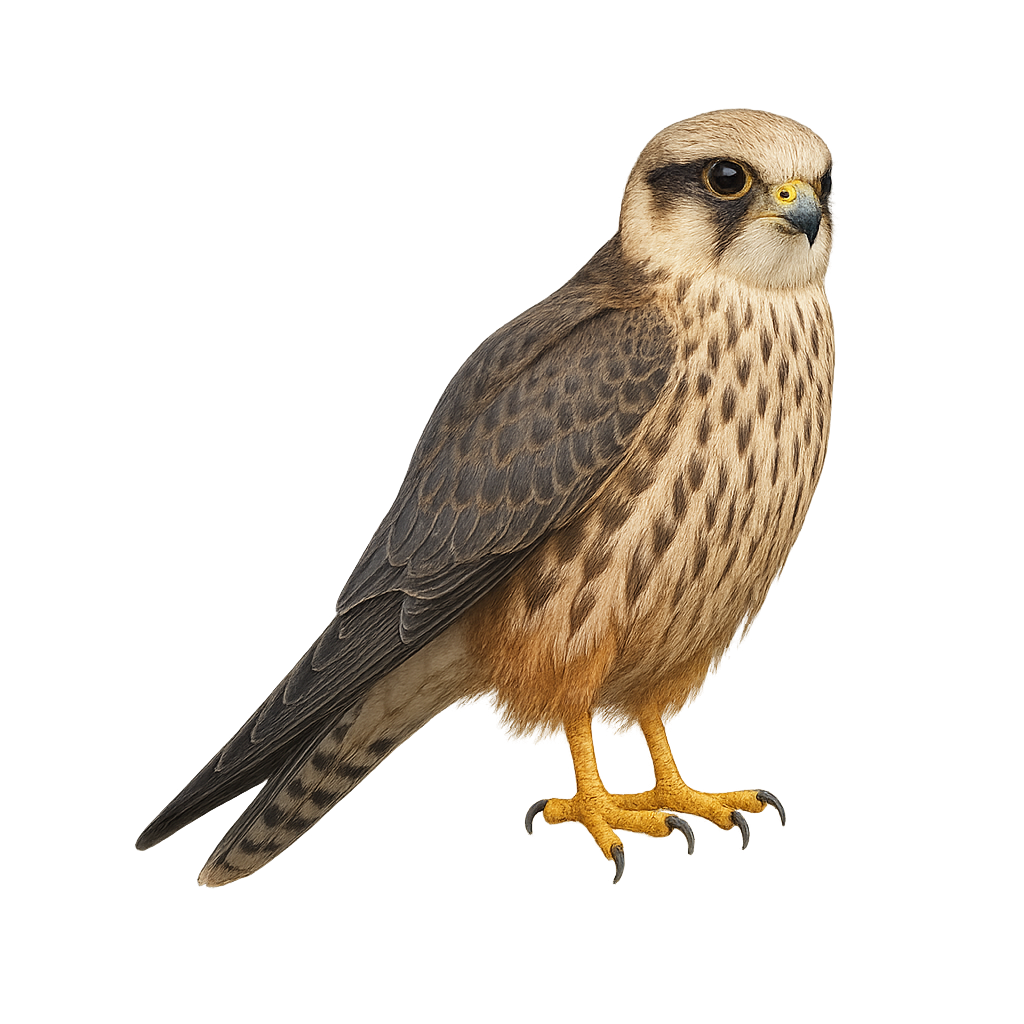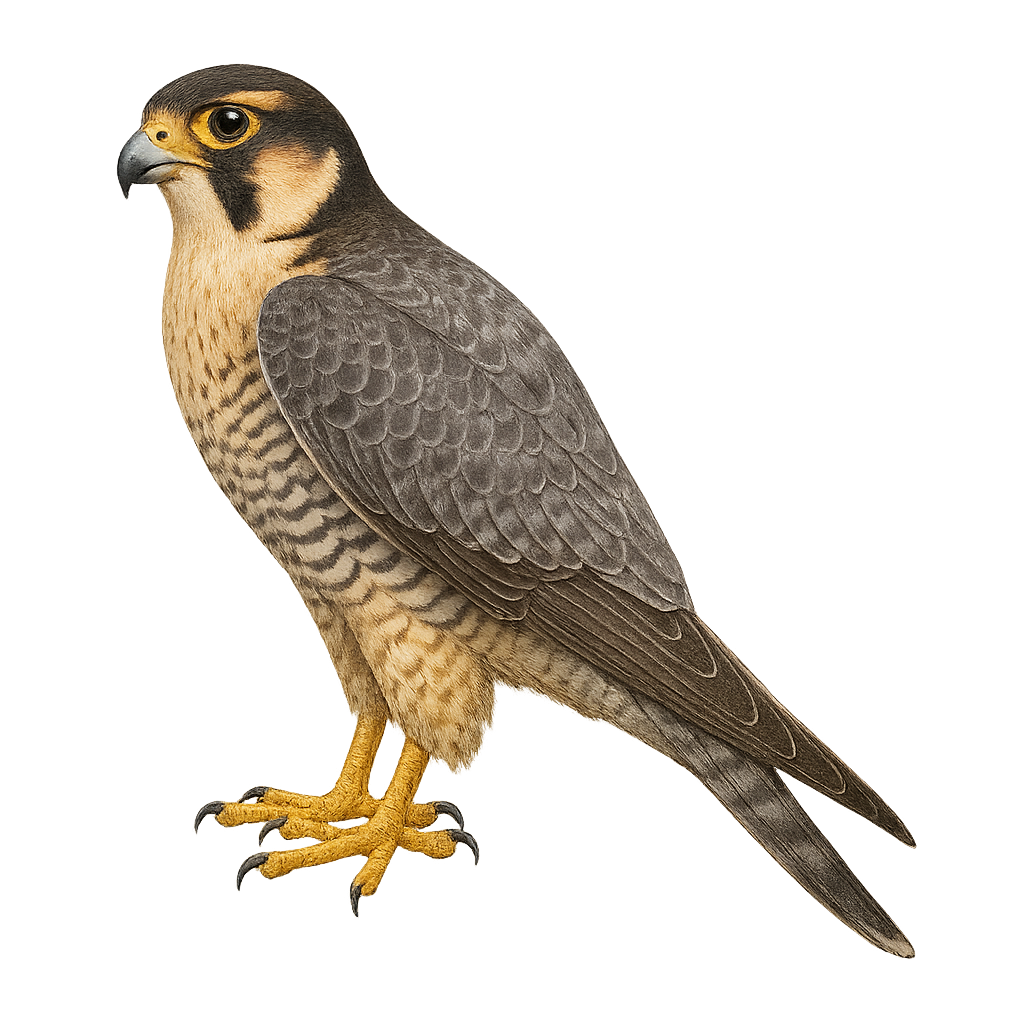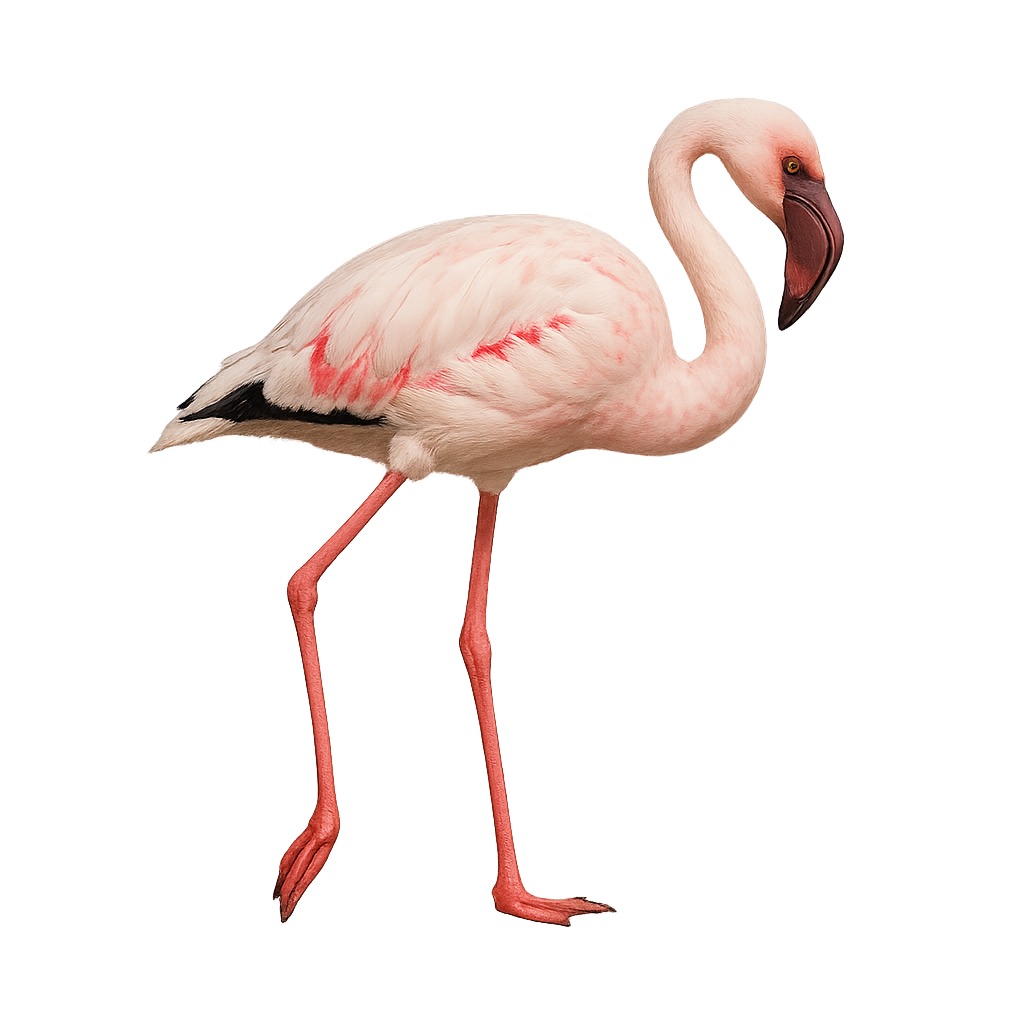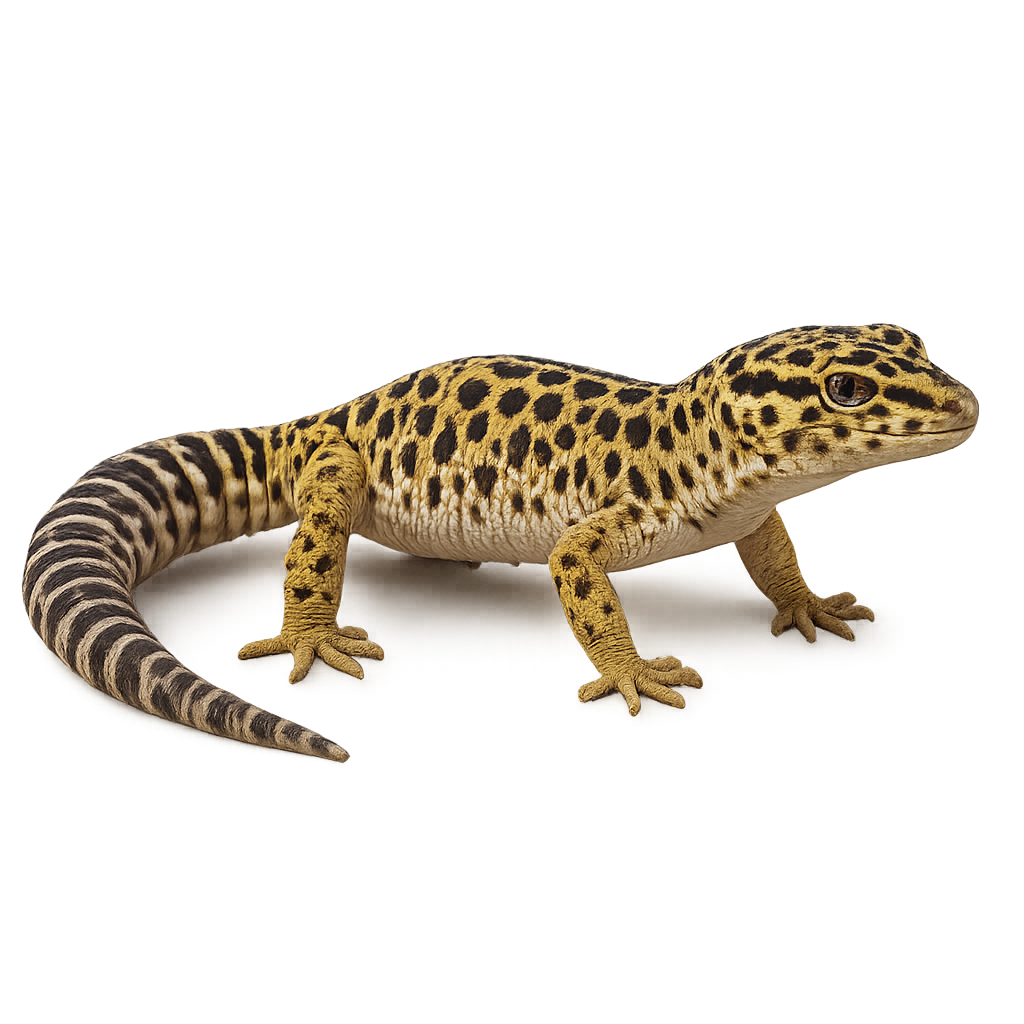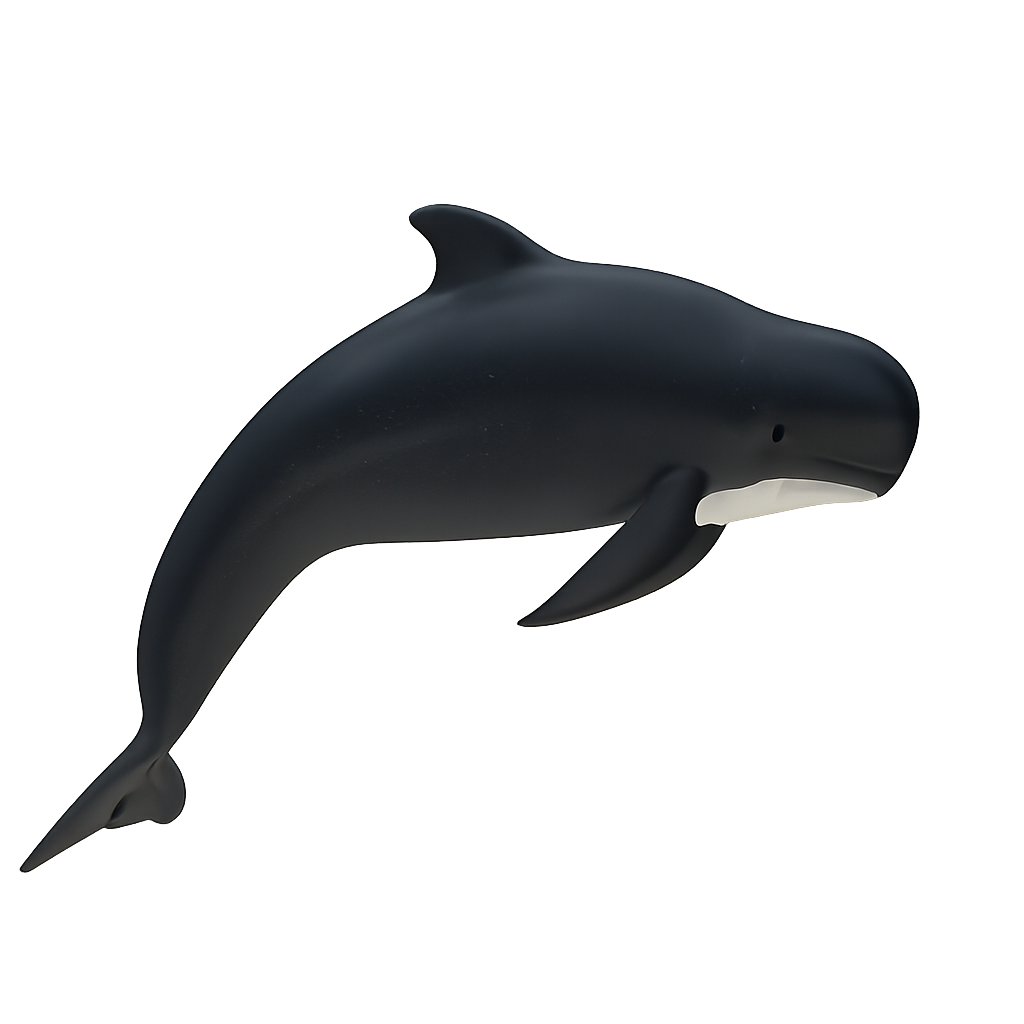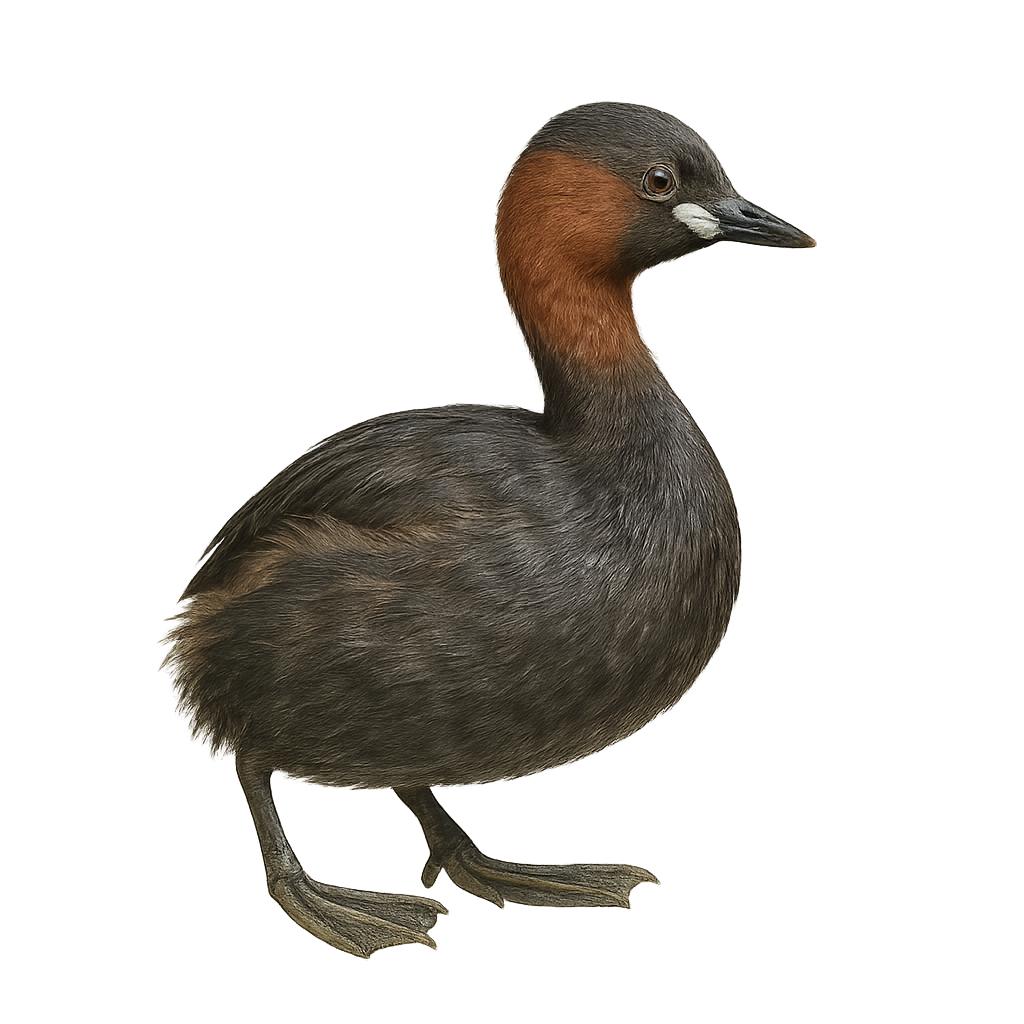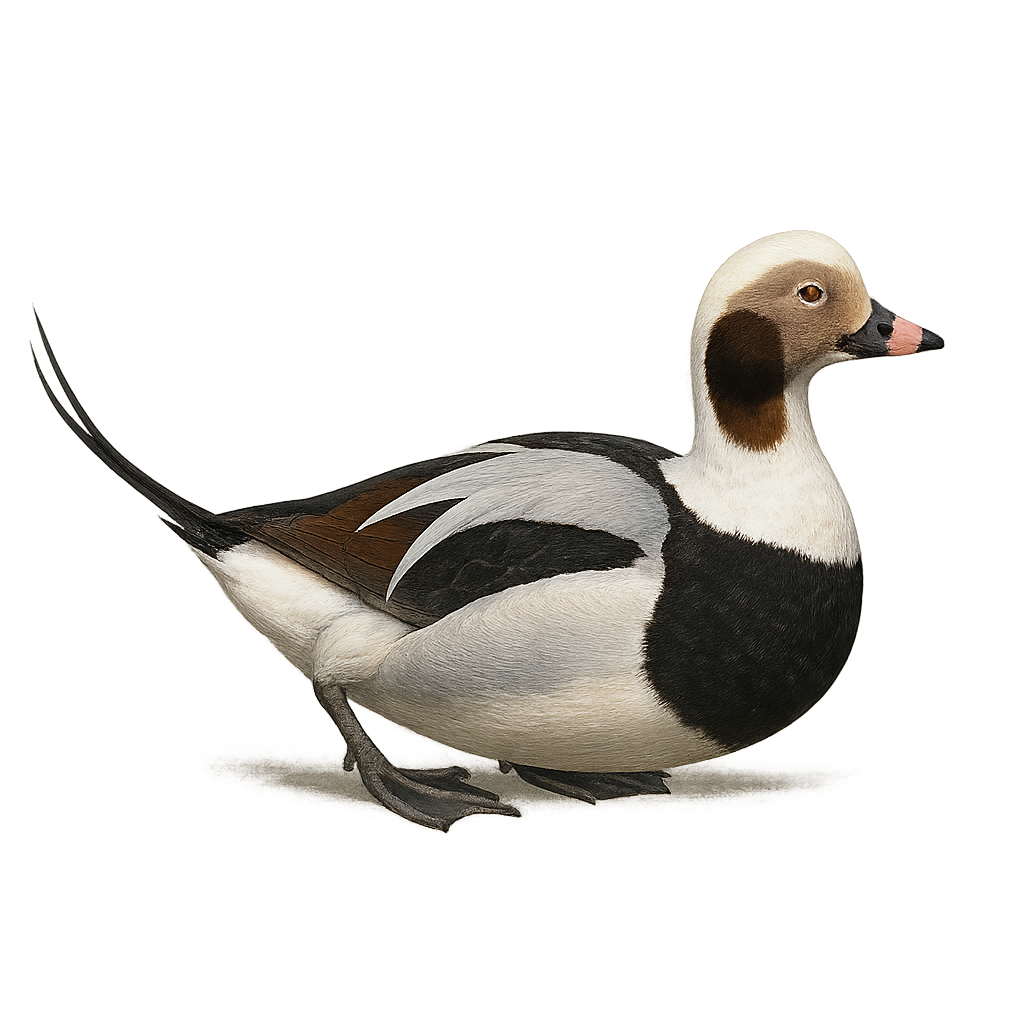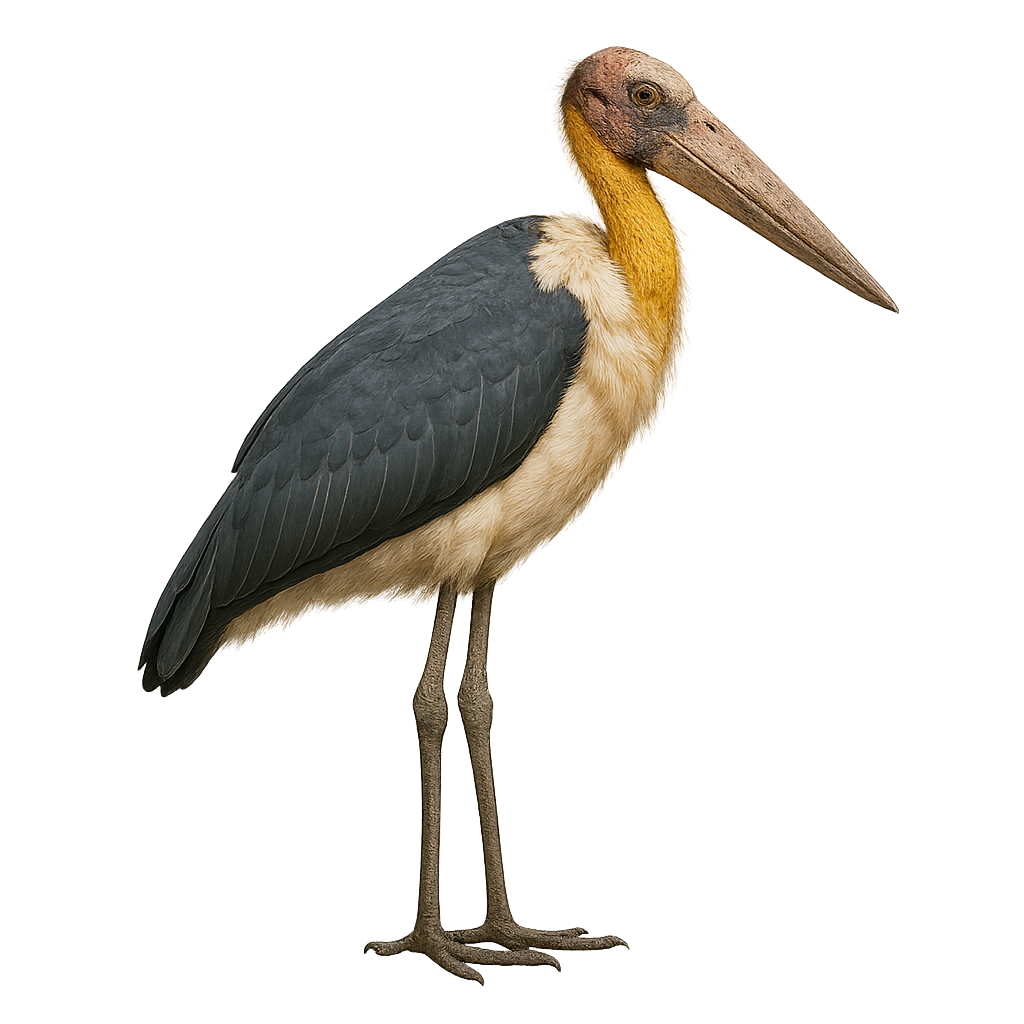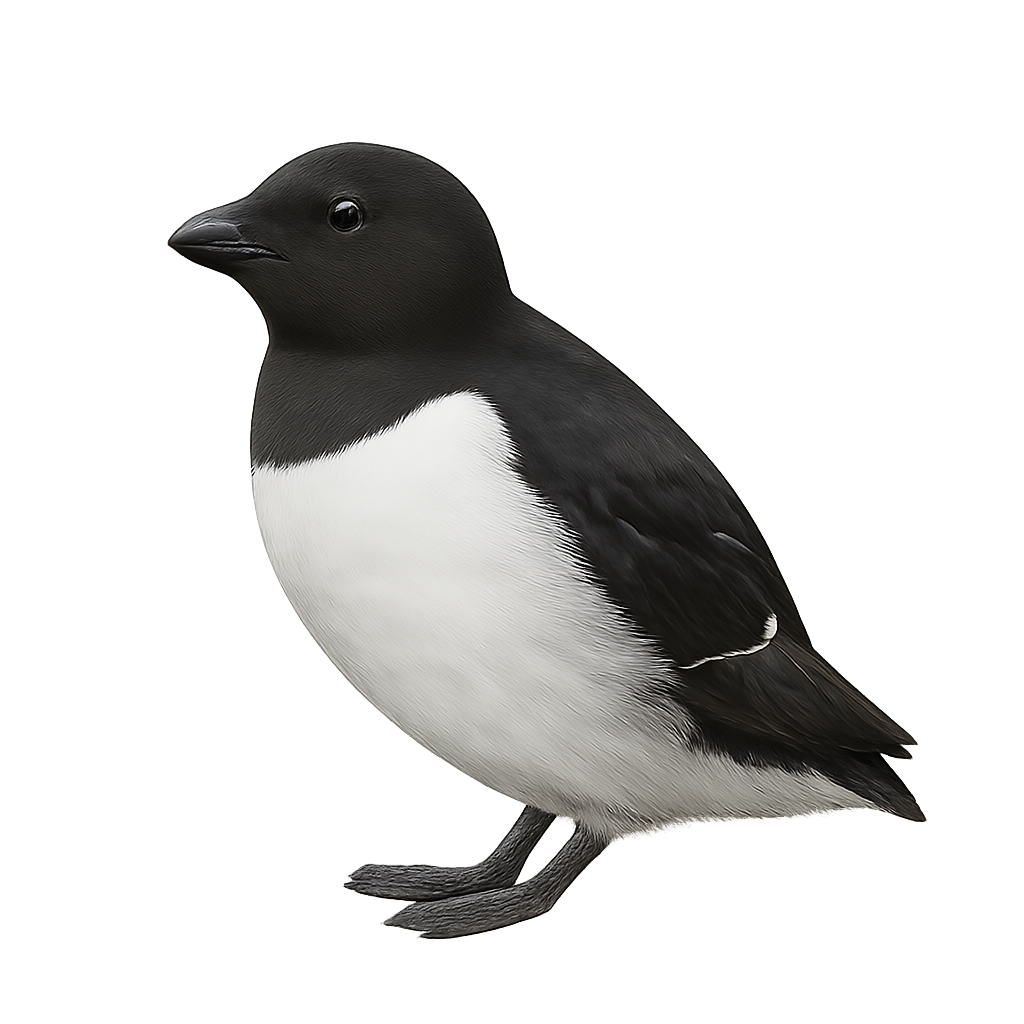The lesser spotted eagle is a medium-sized eagle, 62–68 cm long with a 145–165 cm wingspan, pale brown head and wing coverts contrasting with darker plumage, and usually a white 'V' on the rump. It inhabits open or lightly wooded country, feeding mainly on small mammals, birds and reptiles. During breeding, males perform undulating display flights and vocalize to attract females and defend territories.
The Little Egret is an elegant bird, easily recognized by its pure white plumage and long black legs. It is mainly found in wetland areas of Europe, Asia, and Africa, where it hunts small fish, insects, and crustaceans. This small heron is known for its graceful behavior, moving slowly through shallow waters to spot its prey. During the breeding season, it sports spectacular nuptial plumes that add to its beauty.
The Little Egret is a social bird, often feeding in groups in marshes and lagoons, creating scenes of great beauty.
The lesser short-toed lark is a small passerine, 12–14 cm long, with streaked brown-grey plumage, a darker crown, and pale throat. It inhabits dry grasslands, steppes, and cereal fields across Europe, Asia, and North Africa, feeding mainly on insects and seeds on the ground. During breeding (April to July), the male performs song flights and ground displays to attract the female.
The Lulu's lark is a small lark found primarily in meadows, heathlands, and open fields across Europe and Asia. It is distinguished by its streaked brown plumage, light belly, and its discreet ground movements. This small bird is particularly known for its powerful song, which it performs in flight during its courtship displays. The Lulu’s lark primarily feeds on insects and seeds, which it searches for in low vegetation or on the ground.
The European Weasel is the smallest carnivore in Europe, easily recognizable by its tiny size and brown coat with a white throat and belly. It primarily inhabits a variety of environments such as forests, meadows, and agricultural areas, where it hunts small mammals, birds, insects, and eggs. Agile and fast, the European Weasel is a stealthy hunter, capable of slipping into tight spaces to capture its prey.
Solitary and territorial, the European Weasel is active both day and night, and it uses its own burrows or those of other animals to hide and rest. Though small, it is a formidable predator, often seen as beneficial for regulating small rodent populations. However, it can be threatened by habitat destruction and changes in agricultural practices.
The Little Bittern is a small and discreet heron, particularly hard to observe due to its brown and beige plumage, which allows it to blend perfectly into the vegetation of marshes, ponds, and rice fields. This heron is about 30 cm long and is known for its furtive behavior and quick, low flight. It primarily feeds on small fish, aquatic insects, and amphibians, hunting silently as it sneaks through the grasses or hides in reed beds.
This small heron is mainly active at dusk and during the night, making it even more discreet. While not directly threatened, the Little Bittern faces habitat loss due to the destruction of wetlands and the draining of marshes. The conservation of these habitats is crucial for the preservation of the species.
The Long-legged Buzzard, or Buteo rufinus, is a medium to large-sized raptor known for its long wings and relatively short tail. It has a variable plumage ranging from light brown to rufous, with darker markings on the wings and tail. This bird of prey is often seen soaring in circles, using thermal currents to rise. It primarily inhabits open areas such as steppes, semi-deserts, and grasslands, but can also be found in mountainous regions. The Long-legged Buzzard feeds mainly on small mammals, birds, and occasionally reptiles. It is known for its powerful flight and ability to cover long distances during migration.
The Lowe's Monkey is an arboreal primate found mainly in the tropical forests of West Africa. It is characterized by its grey-green fur and black face surrounded by white hair. This monkey is social and lives in groups of up to 30 individuals. It primarily feeds on fruits, leaves, and insects. Although its habitat is threatened by deforestation, it partially adapts to degraded areas. Its communication is rich, using varied vocalizations to alert its peers of dangers. The Lowe's Monkey plays a crucial role in seed dispersal, thus contributing to forest regeneration.
The Prionailurus bengalensis, or leopard cat, is a small wild feline widely distributed in Asia. It has a spotted coat reminiscent of a leopard, hence its name. This feline is particularly agile and adapts to various environments, from tropical forests to agricultural areas. It is primarily nocturnal and solitary, although it may sometimes be seen in pairs during the breeding season. Its size ranges from 38 to 66 cm, with a tail of 17 to 31 cm. The leopard cat is an opportunistic predator, feeding on small mammals, birds, and insects. Although still relatively common, deforestation and hunting pose increasing threats to its survival.
The Little Owl is a small, distinctive owl, easily recognizable by its large yellow eyes and its generally gray-brown plumage marked with white spots. It has a stocky body and a round head, without the ear tufts typical of other owls. The Little Owl is often found in open areas such as fields, orchards, and agricultural sites, where it frequently perches on stones, posts, or low trees.
This nocturnal predator feeds mainly on small mammals, insects, and reptiles, which it hunts primarily at night. Although its population remains relatively stable in many parts of Europe, the Little Owl is threatened by habitat loss and changes in agricultural practices. The species benefits from some protections and is often associated with conservation efforts aimed at preserving its open habitats.
The Long-tailed chinchilla is a small rodent native to the mountains of South America, particularly the Andes. It is known for its extremely soft and dense fur, which helps protect it from the cold in its natural high-altitude habitat. Although its fur is an asset for survival, it is also the primary reason for the animal's hunting, although it is now protected. The Long-tailed chinchilla is a nocturnal and climbing animal, feeding primarily on plants, seeds, and fruits. It is active at night and spends the day hidden in crevices or burrows.
The little cormorant is a small cormorant, 45–55 cm long, with glossy black plumage and white wing patches in flight, inhabiting marshes, lakes, rivers and freshwater wetlands. It feeds mainly on fish by diving beneath the surface. During breeding, pairs build stick nests in waterside trees or shrubs, and the male displays by erecting head and neck feathers.
The Lovely Cotinga is a tropical bird notable for its vibrant plumage. The male displays a brilliant turquoise blue with a deep purple throat and chest, while the female has more subdued grayish-brown plumage with scaly patterns. This species inhabits lowland humid forests and woodland edges in Central America, from southern Mexico to Costa Rica. Primarily frugivorous, it plays a crucial role in seed dispersal. Although globally listed as "Least Concern," deforestation poses a threat to its natural habitats.
The Leopard Snake, Zamenis situla, is a non-venomous snake known for its distinctive color pattern, featuring reddish-brown spots bordered with black on a gray or beige background. It is mainly found in southern Europe, particularly in Italy, Greece, and the Balkans. This snake prefers dry, rocky habitats, often near cultivated areas. Typically measuring between 60 and 90 cm, it is agile and feeds primarily on small mammals and birds. Although discreet and somewhat suspicious, it is not aggressive towards humans. Its conservation is concerning due to habitat loss and human persecution.
The Limpkin, or Aramus guarauna, is a medium-sized wading bird easily identified by its brown plumage speckled with white and its long, slightly curved bill. It primarily inhabits marshes, lake edges, and rivers in Central and South America. This bird is often seen foraging for snails, its main food source, which it skillfully extracts from their shells using its specialized bill. The Limpkin is a solitary bird but can be seen in small groups during the breeding season. Its piercing, mournful call is often heard at dawn and dusk, adding a mysterious ambiance to marshy landscapes.
The Lesser Kestrel, or Falco naumanni, is a small diurnal raptor belonging to the Falconidae family. It is distinguished by its modest size, measuring about 30 to 35 cm in length with a wingspan of 60 to 75 cm. Its plumage is characteristic: the male has a rufous back without spots, a grey-blue head, and wings with black tips, while the female displays a duller and more speckled plumage. This falcon primarily feeds on insects but can also hunt small mammals and reptiles. It inhabits open areas such as grasslands, steppes, and agricultural zones. A migratory bird, it breeds in Europe and Central Asia and winters in sub-Saharan Africa. Its population is declining mainly due to habitat loss and pesticide use.
The Red-footed Falcon is a small raptor, particularly recognizable by its delicate plumage and vivid colors. It measures about 30 to 35 cm in length, with a wingspan of 70 to 80 cm, and weighs between 150 and 200 g. The adult male has a distinctive blue-gray plumage, with pointed wings and a lighter head, while the female is browner and slightly larger. The Red-footed Falcon primarily inhabits open areas such as meadows, agricultural fields, and steppes in Eastern Europe, Asia, and North Africa. It primarily preys on insects, small birds, and sometimes reptiles. This falcon is known for its ability to catch prey in flight, performing fast and precise maneuvers. It is particularly active at dusk and in the evening, hence its name "Red-footed" (referring to its late-day hunting). Although the species is not yet endangered, it is threatened by habitat loss and the decline of its prey populations.
The Lanner falcon, Falco biarmicus, is a medium-sized raptor known for its brown-gray plumage with white and rufous tones. It has long, pointed wings and a relatively long tail. This agile predator is often seen in fast flight, primarily hunting birds in open air. It inhabits open regions such as savannas, steppes, and semi-deserts. Its range extends across Africa, southern Europe, and parts of Asia. The Lanner falcon is a social bird, often seen in small groups or pairs. Although a formidable hunter, it is also vulnerable to human disturbances and habitat loss.
The Lesser Flamingo, Phoeniconaias minor, is a graceful and slender bird, primarily found in the alkaline lakes of East Africa and some regions of India. It is distinguished by its pale pink plumage, long and thin legs, and a dark red, curved beak. This flamingo is the smallest of its kind, standing about 80 to 90 cm tall. It lives in large colonies, often consisting of thousands of individuals, which helps protect it from predators. Its diet mainly consists of blue-green algae and small crustaceans, which it filters with its specialized beak. The Lesser Flamingo is a migratory bird, moving according to seasonal water level changes.
The Leopard gecko is a terrestrial species native to the desert and semi-desert regions of Asia, particularly Pakistan, India, and Nepal. This gecko is easily recognized by its dark spots on a pale yellow background, giving it a unique appearance. Unlike other geckos, it has movable eyelids, allowing it to blink, unlike other species that have fixed eyelids. The Leopard gecko is a nocturnal predator, primarily feeding on insects and small invertebrates. It is popular in the reptile trade due to its calm temperament and ease of care.
The long-finned pilot whale is a large oceanic dolphin in the family Delphinidae, measuring 5–6 m in length and weighing up to 1 200 kg. It has a robust black body, bulbous head, and long pectoral fins. It inhabits temperate to subantarctic waters, feeding mainly on squid and fish, and forms matrilineal social pods.
The Little Grebe is the smallest European grebe, measuring about 29 cm in length with a wingspan of 40 to 45 cm. In breeding plumage, it has a bright chestnut throat and nape, giving it its name, and a yellow spot at the base of the bill. In non-breeding plumage, it is more subdued, with a dark brown back and a light belly. It inhabits wetlands such as lakes, ponds, marshes, and reed beds, where it can easily hide. It feeds primarily on aquatic insects, small crustaceans, tadpoles, and small fish. Reproduction occurs from March to July, with one or two clutches of 4 to 7 eggs each. The young are precocial and can swim and dive immediately after hatching. A partial migrant, it winters in the milder regions of Europe. Listed as Least Concern by the IUCN.
The Common Eider is a medium-sized seabird, easily recognizable by its distinctive plumage and diving behavior. It measures about 40 cm in length, with a wingspan of 65 to 75 cm, and weighs between 500 and 900 g. Its plumage is primarily black and white, with a black head, a wide white band around the neck, and white spots on the wings. The male, during the breeding season, has a bright orange beak and a distinctive white line running from the beak to the back of the head. The Common Eider primarily inhabits the cold waters of the North Atlantic, notably around the coasts of Iceland, Greenland, Canada, and Northern Europe. It is an excellent diver, feeding mainly on small fish, crustaceans, and marine invertebrates, which it captures underwater. The Common Eider migrates southward during the winter. Although the species is not currently endangered, it is vulnerable to marine pollution, climate change, and disturbance of its breeding sites.
The Long-eared Owl is a medium-sized nocturnal raptor, easily recognizable by its large tufts of feathers shaped like "ears" on its head. It measures about 35 to 40 cm in length, with a wingspan of 85 to 100 cm, and weighs between 250 and 400 g. Its plumage is generally gray or brown with dark banded patterns, allowing it to blend perfectly in wooded and open forest areas. It has large yellow eyes and a disc-shaped face, like other owls, which helps it capture sound in the dark. The Long-eared Owl primarily inhabits forests, woodlands, and heathlands across Europe, Asia, and North Africa, where it primarily feeds on small mammals, such as voles, mice, and occasionally birds. It generally hunts at dusk, using its sharp vision and keen hearing to detect its prey. While the species is not endangered, it is vulnerable to deforestation and habitat loss.
The Langur is a type of monkey primarily found in the forests of South and Southeast Asia. There are several species of langurs, all characterized by dense and typically colorful fur, ranging from black to gray, sometimes with golden or white tints depending on the species. These primates typically measure between 40 and 70 cm in length, with a long, prehensile tail that can exceed the length of their body. They weigh between 10 and 20 kg, with males generally being larger than females. Langurs are herbivores, primarily feeding on leaves, fruits, seeds, and flowers, and they often live in organized social groups. They are known for their ability to move quickly through trees thanks to their long and agile limbs. While some langurs are threatened by deforestation and habitat loss, many species are still relatively widespread within their range. Langurs play a crucial role in the ecosystem by helping to disperse seeds and maintaining the balance of forest vegetation.
The Leopard is a powerful and agile big cat, easily recognizable by its spotted coat, formed by black rosettes on a golden or yellow background. It typically measures between 1.2 and 1.9 meters in length, with a tail of 60 to 100 cm, and weighs between 30 and 90 kg, with males generally being larger than females. The Leopard is a solitary, nocturnal hunter, known for its ability to climb trees, often to hide its prey and avoid other carnivores. It is an opportunist, feeding on various types of prey, ranging from small mammals to medium-sized ungulates, and sometimes even reptiles and birds. This big cat is found across much of sub-Saharan Africa and in certain regions of Asia, including India, China, and parts of the Middle East. While the Leopard is a relatively widespread species, it is threatened by habitat loss, illegal hunting, and the depletion of its natural prey. It remains one of the most formidable and adaptable predators in the savanna, forests, and mountains.
The Lion is one of the largest land predators, often called the "king of the animals." It measures between 1.2 and 2.5 meters in length, with a tail of about 80 to 100 cm, and weighs between 120 and 250 kg, with males generally being larger and more massive than females. Male lions are easily recognizable by their majestic mane, which varies in color from light blonde to dark brown. Their coat is generally golden to light brown, with lighter patches on the belly and under the legs. Lions primarily live in Africa, with a small population in Asia (particularly in Gir National Park, India). They prefer open savannas, grasslands, and light forests. The lion is a social predator that typically hunts in groups, with females doing most of the hunting. Their diet consists mainly of large herbivores such as zebras, gazelles, and buffaloes. While the lion is an iconic species, it is threatened by habitat loss, human conflicts, and the depletion of its natural prey.
The Little Blue Penguin, also known as the Fairy Penguin, is the smallest of the penguin species, measuring about 30 to 40 cm in height and weighing between 1 and 1.5 kg. It has a distinctive blue-gray plumage on its back and wings, with a white belly. Its beak is short and dark, and its feet are pink or gray. The Little Blue Penguin primarily lives along the coasts of New Zealand and Australia, inhabiting colonies on beaches, islands, and cliffs. Unlike other penguins, the Little Blue Penguin is capable of swimming at impressive speeds, allowing it to hunt fish, crustaceans, and squid underwater. Although it is an excellent swimmer, it also spends time on land, where it digs burrows or hides in shrubs to protect itself from predators. While its population remains relatively stable, it faces threats such as climate change, predation by introduced animals, and habitat disruption.
The lesser adjutant (Leptoptilos javanicus) is a large stork standing 110–120 cm tall with a 210 cm wingspan, exhibiting black upperparts and wings contrasted by a white belly and tail-underparts, and a bare pale gray head and neck. It inhabits coastal and inland wetlands of Southeast Asia, including mangroves, estuaries, flooded rice fields, and riparian forests. Feeding on amphibians, large invertebrates, and carrion, it forages by wading and probing with its long bill. Colonial breeder, it performs bill-clattering and neck-arching displays during nesting (February 1–May 31). Pairs lay 2–4 eggs, incubated 28–30 days, with chicks hatching March 1–June 30.
The Little Auk is the smallest of the Atlantic alcids, measuring about 19 to 21 cm in length with a wingspan of 34 to 38 cm. Its plumage is black on the back and head, with a white face and belly. It has a short, stout bill adapted for catching small marine prey. A gregarious species, it forms massive breeding colonies on Arctic rocky coasts, nesting in crevices or under boulders. Outside the breeding season, it lives in the open sea, often near pack ice. It feeds mainly on copepods, krill, and small fish, which it captures by diving. Although currently listed as Least Concern, climate change and ocean pollution pose potential threats to its habitats.


